Figures & data
Figure 1 Association between asthma and COPD disease control and at least one critical inhaler error.
Abbreviation: COPD, chronic obstructive pulmonary disease.
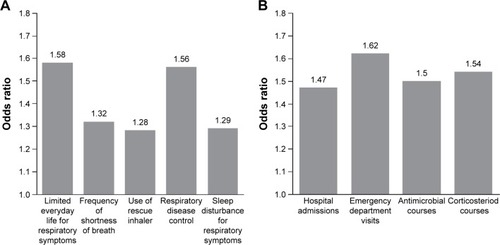
Figure 2 ADMIT asthma therapy adjustment flow chart.
Abbreviation: ADMIT, Aerosol Drug Management Improvement Team.
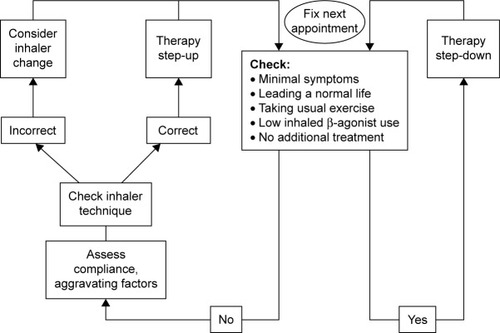
Table 1 Major components, advantages, and disadvantages of inhaler devices
Figure 3 Typical scintigraphic images for Respimat®, Turbuhaler® DPI at slow and fast inhaled flow rates, and pMDI.
Abbreviations: DPI, dry powder inhaler; pMDI, pressurized metered dose inhaler; SMI, Soft Mist™ Inhaler.
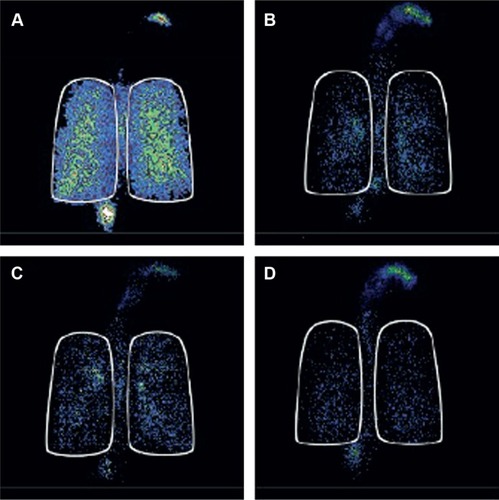
Table 2 Correct techniques for using pMDI, DPI (specifically HandiHaler®), and SMI (Respimat®) devices
Figure 4 Algorithm for choosing inhaler device according to the patient’s inspiratory flow and ability to coordinate inhaler actuation and inspiration.
Abbreviations: BA-pMDI, breath-actuated pressurized metered dose inhaler; DPI, dry powder inhaler; pMDI, pressurized metered dose inhaler; SMI, Soft Mist™ Inhaler.
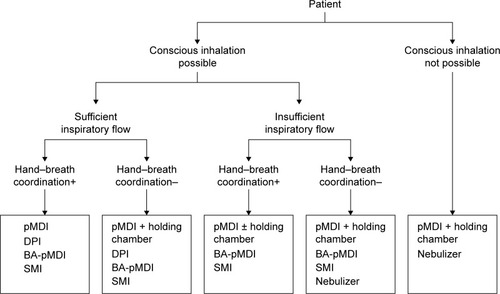
Figure 5 Proportions of patients indicating preference for Respimat® SMI versus alternative inhaler devices in three studies using the Patient Satisfaction and Preference Questionnaire.
Abbreviations: pMDI, pressurized metered dose inhaler; SMI, Soft Mist™ Inhaler.
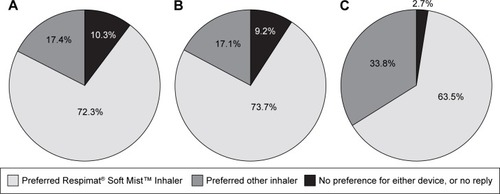
Table 3 Proposed psychosocioeconomic questions to ask patients with COPD to estimate compliance and to assess adherence phenotype and status
